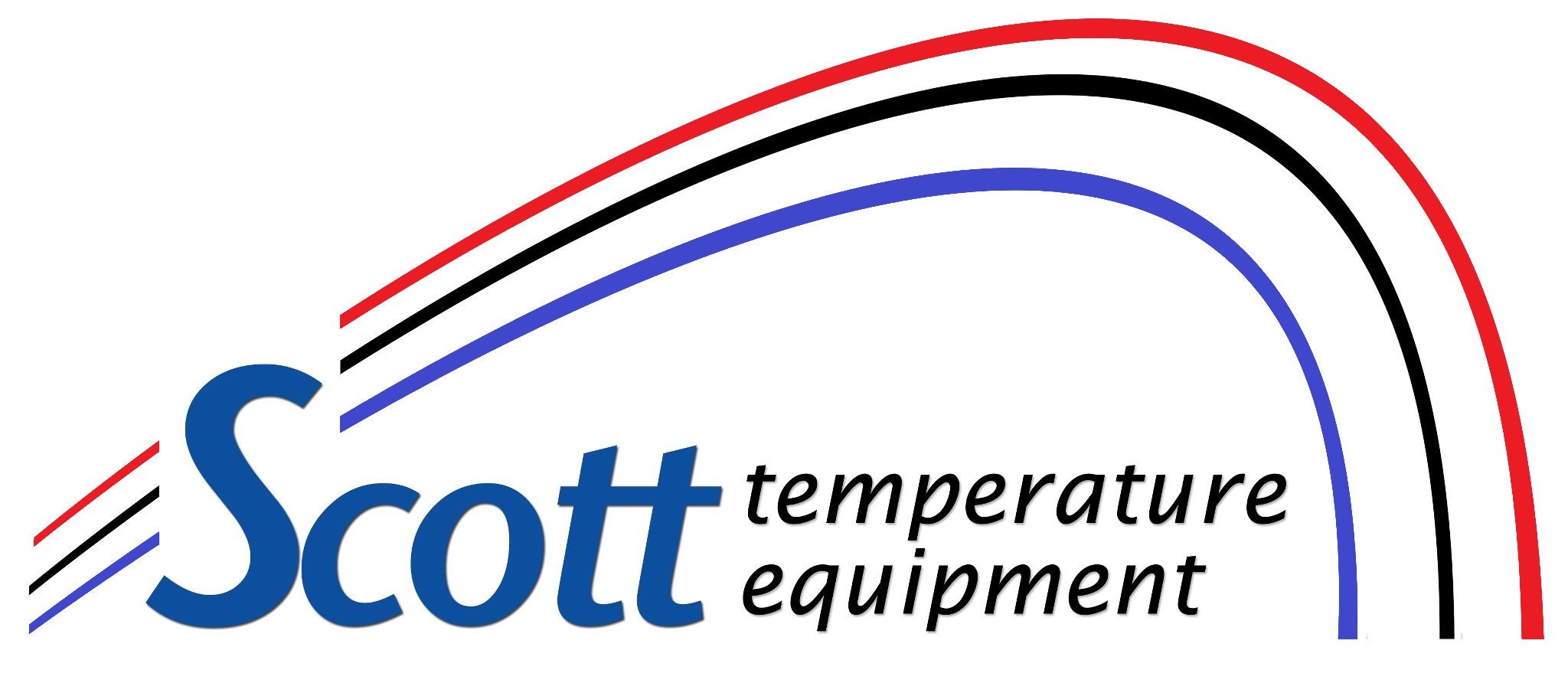
You shouldn’t need to sacrifice comfort or empty your wallet to keep your residence at a pleasant temperature during hot days.
But what is the right temp, exactly? We go over suggestions from energy professionals so you can choose the best setting for your residence.
Here’s what we recommend for the most energy-efficient setting for air conditioning in Lawrence.
Recommended Thermostat Settings for Summer
Most people find using the thermostat at 72-73 degrees is ideal. However, if there’s a huge difference between your inside and outside temps, your cooling costs will be bigger.
These are our recommendations based on the U.S. Department of Energy (DOE) and ENERGY STAR®.
While at home: 78 degrees. While that appears too high, there are ways you can keep your house pleasant without having the air conditioning on all the time.
Keeping windows and window treatments down during the day keeps cold air where it needs to be—within your home. Some window coverings, including honeycomb shades or plantation shutters, are created to deliver extra insulation and improved energy savings.
If you have ceiling fans in your residence, the DOE says you can increase thermostat temps about 4 degrees higher without sacrificing comfort. That’s because they freshen with a windchill effect. Since they cool people, not areas, shut them off when you move from a room.
If 78 degrees still appears too uncomfortable on the surface, try doing a trial for approximately a week. Get started by raising your thermostat to 78 degrees while you’re at your house. Then, progressively turn it down while adhering to the suggestions above. You could be amazed at how refreshed you feel at a warmer temperature setting.
While away: 88 degrees. There’s no reason to keep the AC going all day while your home is vacant. Turning the temperature 7–10 degrees warmer can save you as much as 5–15% on your AC expenses, according to the DOE.
When you come home, don’t be tempted to switch your thermostat colder than 78 to cool your house more quickly. This isn’t productive and typically produces a more expensive electrical bill.
A programmable thermostat is a helpful method to keep your temperature controlled, but it requires setting programs. If you don’t use programs, you might forget to change the set temperature when you go.
If you need a convenient solution, think about installing a smart thermostat. This thermostat works with with your phone, so it knows when you’re at your house and when you’re out. Then it automatically adjusts temperature settings for the biggest savings. How much exactly? Typically $180 yearly on heating and cooling, according to ENERGY STAR.
Another plus of getting a smart thermostat? You can use your phone to monitor and regulate temperature settings from just about anywhere.
While sleeping: Around 70 degrees. While ENERGY STAR suggests 82 degrees, that could be unpleasant for many families. The majority of people sleep better when their bedroom is chilled, so that’s why the National Sleep Foundation recommends 60–67 degrees. But that could be too chilly, depending on your PJ and blanket preference.
We recommend trying a similar test over a week, putting your temp higher and gradually turning it down to choose the ideal setting for your family. On cool nights, you might learn keeping windows open at night and using a ceiling fan is a superior option than using the air conditioner.
More Ways to Conserve Energy This Summer
There are extra ways you can save money on AC bills throughout hot weather.
- Buy an energy-efficient air conditioning system. Central air conditioners only last about 12–15 years and lose efficiency as they get older. An updated air conditioner can keep your residence comfier while keeping electricity costs low.
- Book yearly air conditioner tune-ups. Routine air conditioner maintenance keeps your equipment working properly and might help it run at better efficiency. It could also help lengthen its life cycle, since it allows professionals to pinpoint small problems before they cause a major meltdown.
- Switch air filters often. Read manufacturer instructions for changing your air filter. A dusty filter can cause your system to short cycle, or switch on and off too frequently, and raise your utility.
- Check attic insulation levels. Just about 90% of residences in the United States don’t have enough insulation, according to the Insulation Institute. Many southern climates should have 13–14” of attic insulation, while northern climates require 16–18”.
- Have your ductwork examined. Ductwork that has separated over time can let cool air into your attic, walls or crawl space. This can result in big comfort troubles in your house, including hot and cold spots.
- Seal cracks, doors and windows. Keep hot air in its place by sealing holes. You can also caulk or weather strip doors to seal more conditioned air inside.
Save More Energy During Warm Weather with Scott Temperature
If you want to use less energy during hot weather, our Scott Temperature professionals can assist you. Give us a call at 785-503-3712 or contact us online for more information about our energy-saving cooling options.
